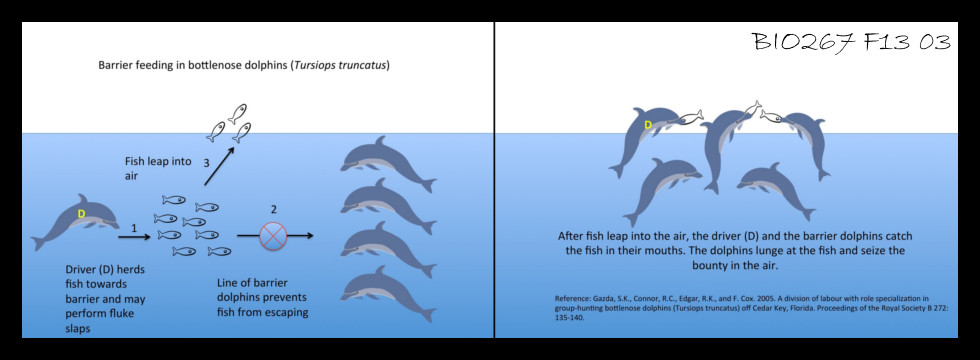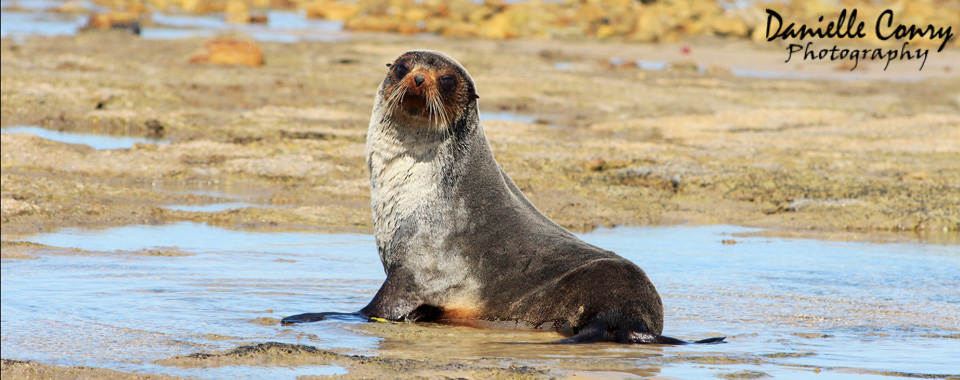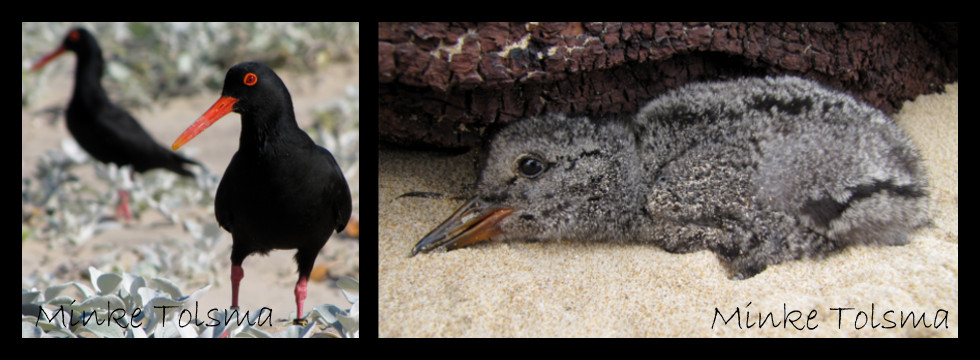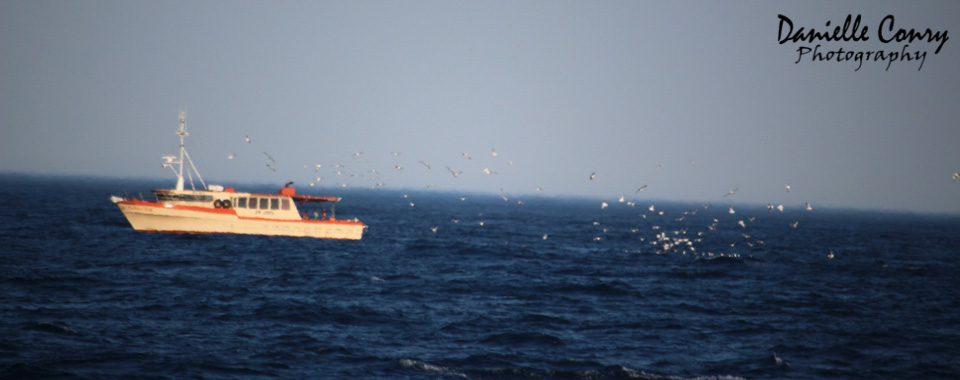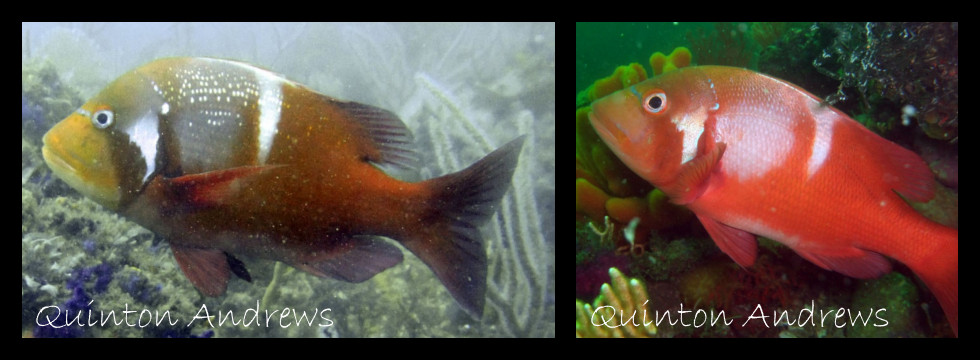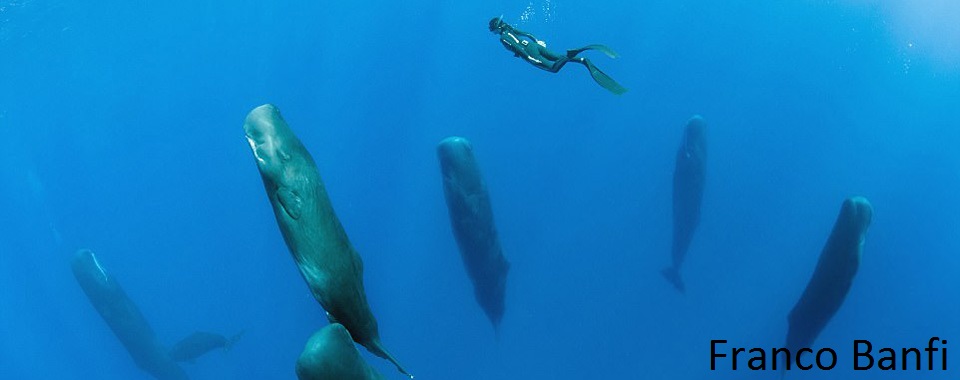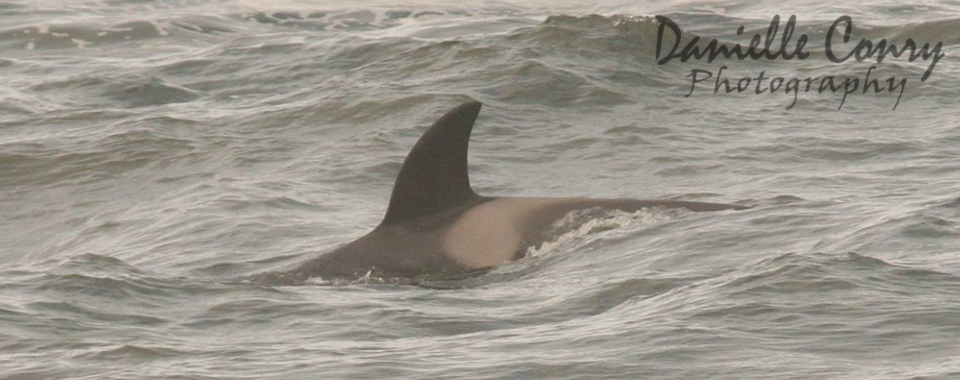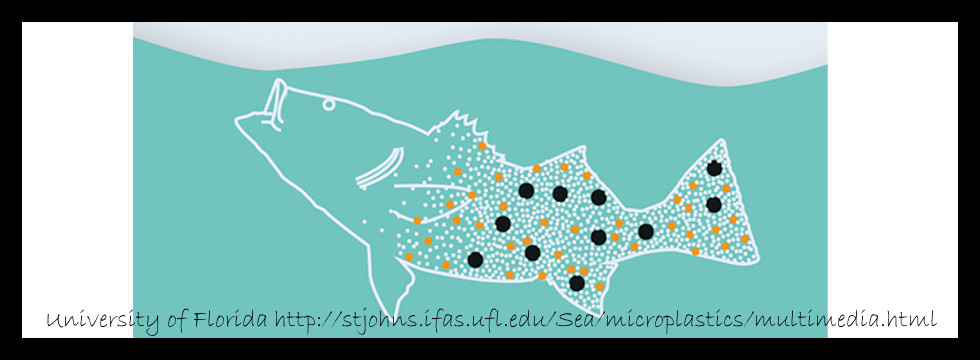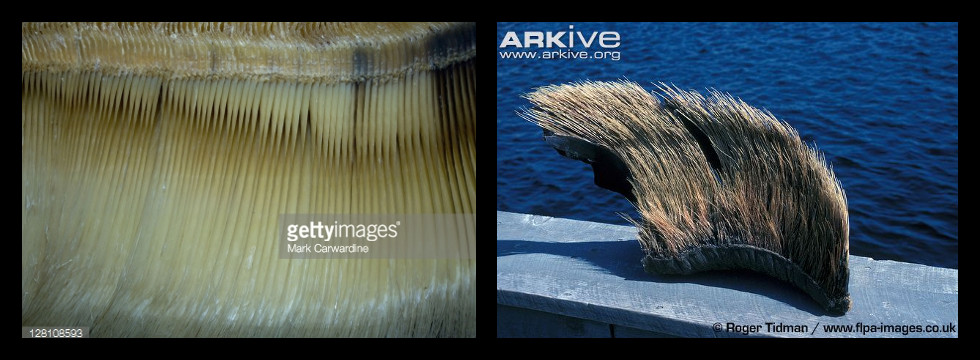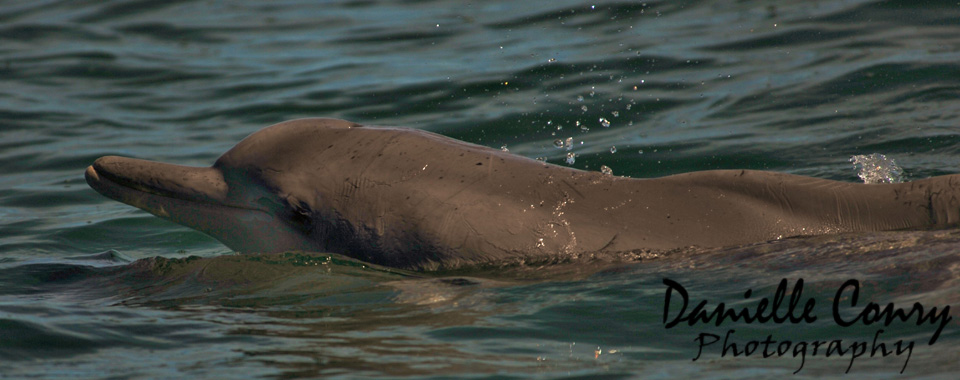Cooperative feeding comes about when two or more individuals effectively capture more and/or bigger prey items and suffer fewer costs together than alone. A number of mammal species, and even one bird species has been reported to undertake cooperative hunting, which could range from simultaneous chases, or clearly coordinated attacks. Coordinated attacks involve the division READ MORE
Although the Cape Fur seal (Arctocephalus pusillus pusillus) is southern Africa’s only endemic pinniped species, we do get a number of vagrant pinniped species that visit our shores. In Plettenberg Bay, we see both Subantarctic fur seals (Arctocephalus tropicalis) and southern elephant seals (Mirounga leonina) on occasion. These species are vagrants from Antarctic and Subantarctic READ MORE
The African black oystercatcher Haematopus moquini is one of our resident breeding coastal bird species. It can often be seen on Lookout Beach and other coastal areas in Plettenberg Bay, but ranges from Luderitz in Namibia to Mazeppa Bay in the Eastern Cape, South Africa. They have a very distinctive appearance with all black feathers, READ MORE
Over the last month or so, some of Plettenberg Bay’s inhabitants may have noticed the occasional presence of a somewhat strange looking vessel within and around the bay. This vessel, it turns out, belongs to South Africa’s demersal shark longlining fishery. This fishery is relatively small, with only six permit-holders off the South African coastline, READ MORE
The red roman Chrysoblephus laticeps is a species of seabream endemic to southern Africa and found from Namibia to Port St. Johns in the Eastern Cape. The red roman is a striking orange to red fish with a robust build, it has a defined white bar on the gill cover and a white saddle. It READ MORE
Cetaceans, or whales and dolphins, have a pretty unique way of getting some shuteye. These marine mammals actually only rest one half of their brain at a time when sleeping, in what is known as unihemispheric slow-wave sleep. While one hemisphere of the brain rests, the other remains alert. The hemispheres are alternated between sleep READ MORE
Here in Plettenberg Bay we are lucky enough, on occasion, to see the ocean’s apex predator, the killer whale (Orcinus orca). The killer whale is a cosmopolitan species, which means that it is found in all the oceans of the world. In fact, it is so widely distributed that it is the second-most widespread mammal READ MORE
Plastics are one of humans’ most recent ubiquitous and long-lasting changes to Earth’s surface. Due to the durable, inexpensive, lightweight, strong nature of plastics, they are suitable for an immense range of products, including a number of single-use items. Unfortunately, the same properties that make plastics suitable for a variety of applications make them a READ MORE
Cetaceans are a widely distributed and diverse group of aquatic mammals comprising of whales, dolphins and porpoises. Cetaceans are further grouped into the Odontocetes (toothed whales), and the Mysticetes (baleen whales) based primarily on their feeding habits. Toothed whales have conical teeth and feed largely on fish and marine invertebrates, while baleen whales have bristles READ MORE
Although shy and somewhat elusive, the Indian Ocean humpback dolphin (Sousa plumbea) is commonly sighted in Plettenberg Bay’s nearshore waters. These dolphins can often be seen swimming along the Keurbooms and Robberg beaches, alone or in small groups of between 2 and 15 individuals. Humpback dolphins can be readily distinguished from other dolphins by the READ MORE


